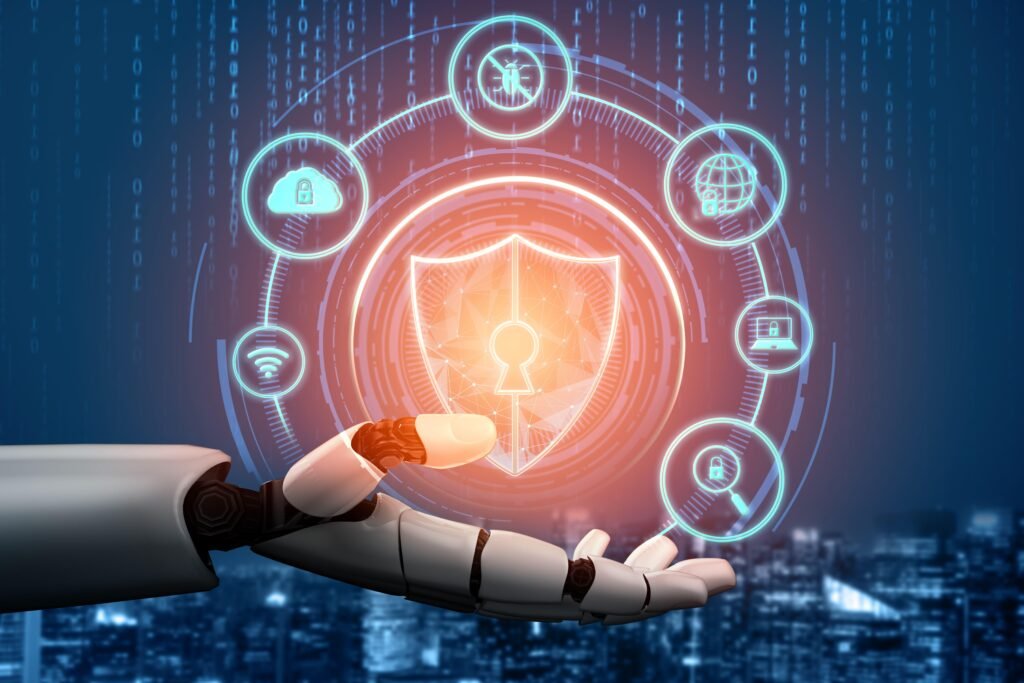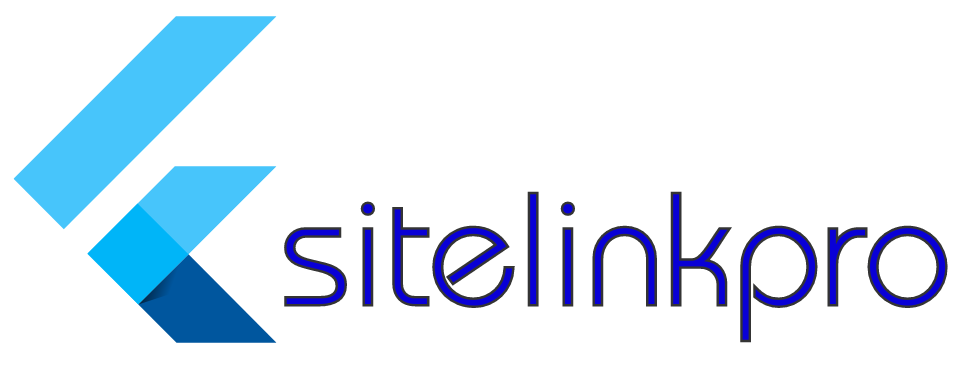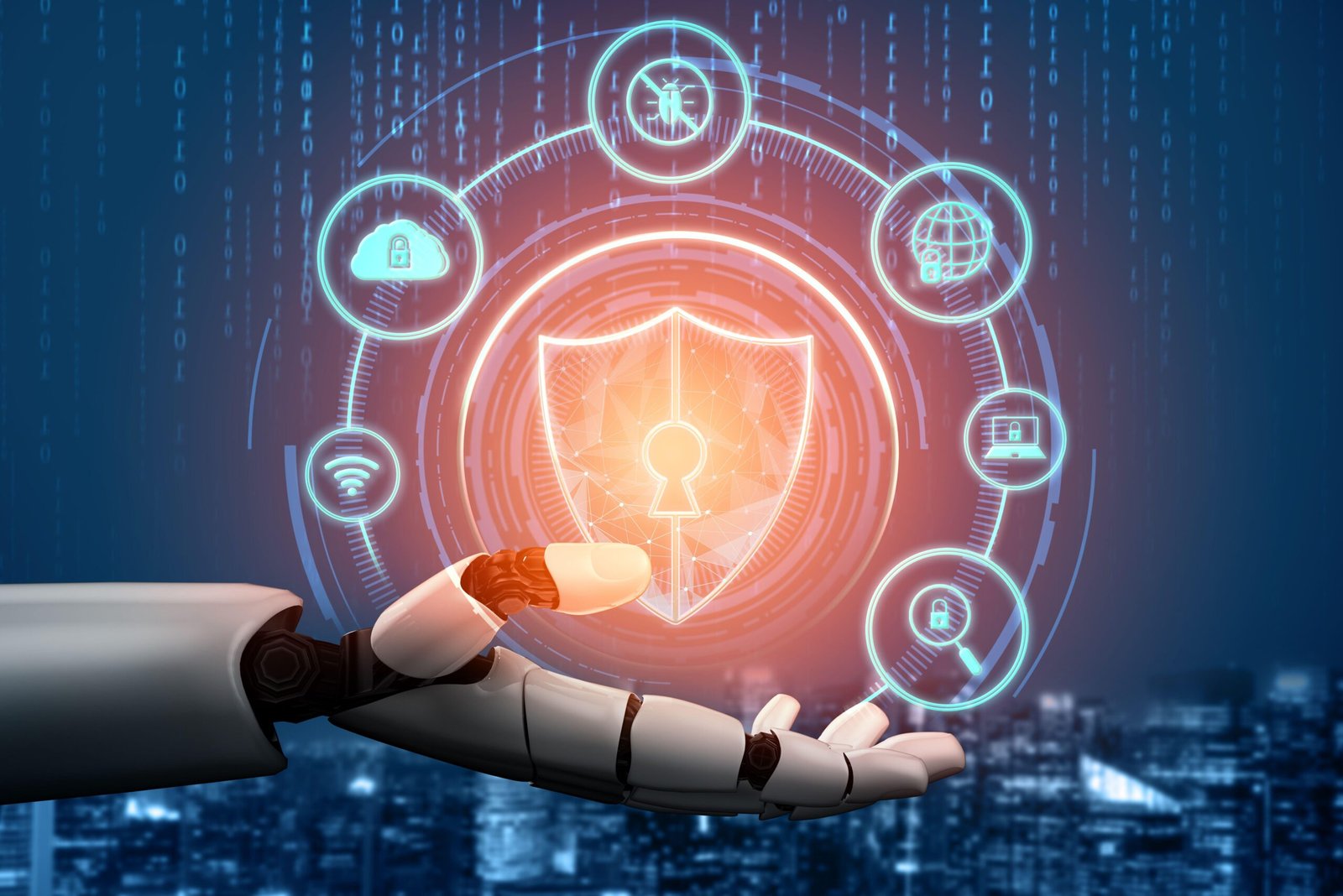
What is the difference between AI, Machine Learning, and Deep Learning?
Artificial Intelligence (AI) is a broad field that aims to create systems capable of performing tasks that typically require human intelligence, such as recognizing speech, making decisions, or understanding language. Artificial Intelligence encompasses various subfields, including machine learning (ML) and deep learning.
Machine Learning (ML) is a subset of AI that involves training algorithms on data to make predictions or decisions without being explicitly programmed. Machine Learning algorithms learn patterns from data and improve over time. Examples include spam filters, recommendation systems, and fraud detection.
Deep Learning is a specialized subset of ML that uses neural networks with multiple layers (hence “deep”) to analyze various factors of data. These networks can learn and extract complex patterns, making deep learning particularly effective for tasks like image and speech recognition. Deep learning has fueled many advances in AI, such as self-driving cars and advanced language processing.
How Does Blockchain Technology Work?
Blockchain is a decentralized digital ledger technology that securely records transactions across multiple computers in a network. Each block in the chain contains a list of transactions, and once a block is added to the chain, it cannot be altered without changing all subsequent blocks, ensuring data integrity.
Transactions are verified by a network of computers (nodes) through consensus algorithms like Proof of Work (PoW) or Proof of Stake (PoS). Once verified, transactions are grouped into blocks and added to the chain in a linear, chronological order. This decentralized nature ensures transparency, security, and immutability, making blockchain useful for applications like cryptocurrency, supply chain management, and secure voting systems.
What is the Internet of Things (IoT) and How Does It Impact Our Daily Lives?
The IoT refers to a network of physical devices, vehicles, appliances, and other items embedded with sensors, software, and connectivity to collect and exchange data. This interconnected network allows devices to communicate with each other and with users, enhancing automation and efficiency.
IoT impacts daily life in numerous ways. Smart homes use IoT devices like thermostats, lights, and security cameras to provide convenience and energy savings. In healthcare, IoT enables remote patient monitoring and personalized treatments. In industries, IoT sensors monitor equipment health to prevent breakdowns. Despite its benefits, Internet of Things also raises concerns about privacy and security, as the vast amount of data generated needs to be protected from unauthorized access.
How to Keep Your Devices Safe from Malware and Viruses
To protect your devices from malware and viruses, consider the following practices:
- Install Antivirus Software: Use reliable antivirus and anti-malware programs to detect and remove threats.
- Keep Software Updated: Regularly update your operating system, browsers, and applications to patch security vulnerabilities.
- Use Strong Passwords: Create complex, unique passwords for your accounts and use a password manager to keep track of them.
- Enable Firewalls: Use a firewall to block unauthorized access to your network.
- Avoid Suspicious Links and Downloads: Be cautious of phishing emails and websites. Only download software from trusted sources.
- Backup Data Regularly: Maintain regular backups of your important data to mitigate the impact of potential malware attacks.
What are the Advantages and Disadvantages of Cloud Computing?
Advantages:
- Cost Efficiency: Reduces the need for expensive hardware and maintenance, as services are provided on a pay-as-you-go basis.
- Scalability: Easily scale resources up or down based on demand.
- Accessibility: Access data and applications from any location with an internet connection.
- Automatic Updates: Cloud providers handle software updates and security patches.
Disadvantages:
- Security and Privacy Concerns: Storing data on third-party servers raises concerns about data breaches and unauthorized access.
- Downtime: Dependence on internet connectivity can lead to downtime if there are network issues.
- Limited Control: Users have limited control over infrastructure and are dependent on the cloud provider for service quality and availability.
Sitelinkpro Tools
Sitelinkpro offers various tools to make your digital life easier, including:
- PNG to JPG Converter: Quickly convert images from PNG to JPG format, useful for reducing file size without compromising quality.
- English Dictionary: Provides definitions, synonyms, and word usage to enhance your vocabulary.
- Remove Image Background: Easily remove the background from images, perfect for creating professional-looking graphics.




